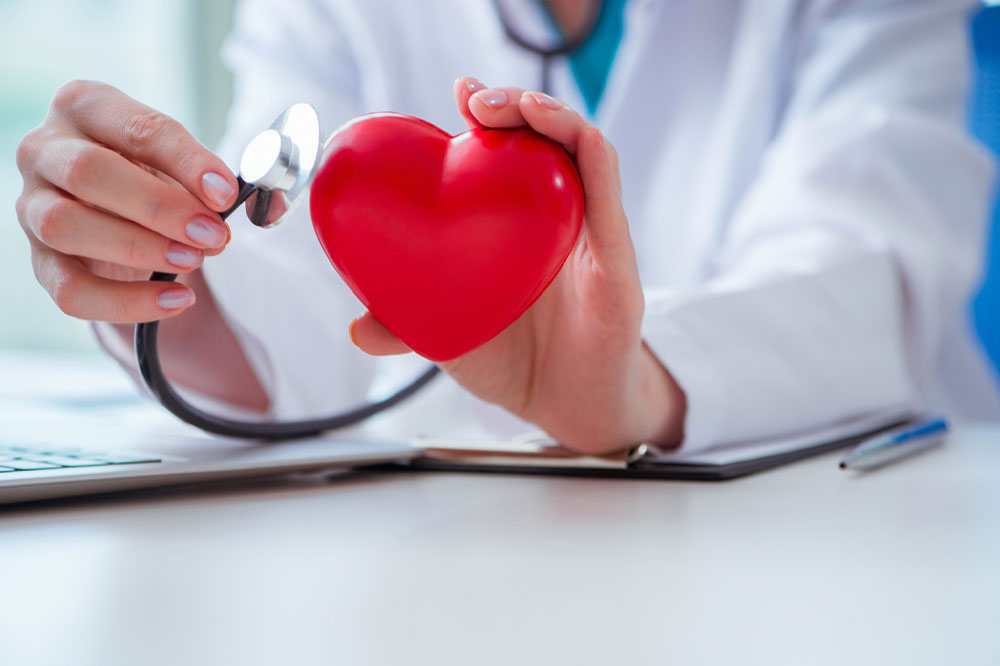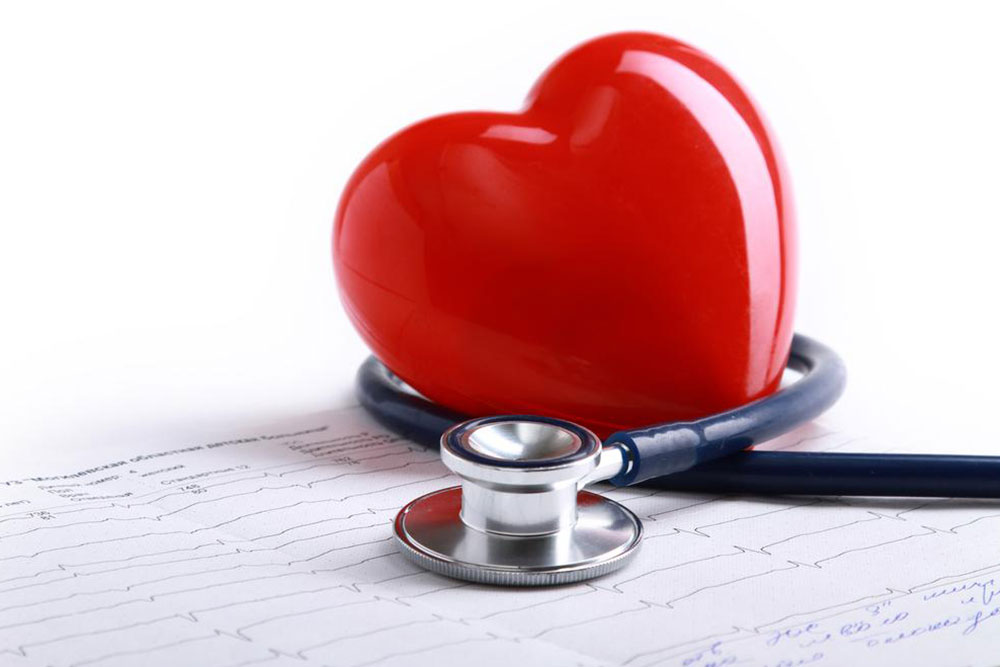Understanding Atherosclerosis: Symptoms, Causes, and Treatment Strategies
Learn about atherosclerosis, its symptoms, causes, and treatment options. Early detection is crucial to prevent severe heart, brain, and limb complications. Lifestyle modifications, medications, and surgical procedures can effectively manage and prevent the progression of this silent, yet potentially dangerous disease.

Understanding Atherosclerosis: Symptoms, Causes, and Treatment Strategies
Arteries transport oxygen-rich blood from the heart to various organs and tissues. In healthy arteries, flexibility and elasticity keep blood flow smooth. However, with atherosclerosis, arteries become rigid and thickened due to plaque buildup. This condition involves the accumulation of fats and cholesterol inside arterial walls, leading to narrowed and hardened arteries. The reduced blood flow can impair oxygen and nutrient delivery, causing serious health issues. Atherosclerosis can affect any artery, including those supplying the heart, brain, kidneys, and limbs. Early detection and treatment are vital to prevent severe complications.
What is Atherosclerosis?
It is characterized by plaque formation within the arteries, resulting in restricted blood flow. Several factors such as high blood pressure, elevated cholesterol levels, diabetes, and inflammatory diseases contribute to its development. Damage to the endothelium layer initiates plaque deposition, which may rupture and form blood clots, potentially leading to heart attacks or strokes if untreated.
Recognizing symptoms early can be challenging, especially in initial stages, as signs often appear once arteries are significantly narrowed or blocked.
Depending on the affected artery, symptoms vary. For instance:
Coronary arteries (heart): Chest pain, discomfort in neck, back, arms, or jaw, shortness of breath, and chest pressure, especially during exertion.
Cerebral arteries (brain): Dizziness, weakness, facial drooping, vision disturbances, speech difficulties, or temporary paralysis.
Peripheral arteries (limbs): Numbness, weakness, cold extremities, slowed wound healing, or hair loss on affected limbs.
Renal arteries (kidneys): High blood pressure, flank pain, blood in urine, decreased urine output, and swelling.
Understanding these symptoms allows for timely medical intervention.
Managing Atherosclerosis
Lifestyle changes are the cornerstone of prevention and management, including healthy eating, physical activity, weight control, and stress reduction. Medications like statins, blood thinners, and antihypertensives can help control risk factors. In severe cases, procedures such as angioplasty, stenting, or bypass surgery may be necessary to restore proper blood flow.
Preventive Measures
Adopting heart-healthy habits is essential to reduce risk:
Eat nutritious foods: Emphasize fruits, vegetables, whole grains, lean proteins, and legumes. Limit saturated fats, sugar, refined grains, and sodium.
Exercise regularly: Aim for at least five days of moderate aerobic activity weekly.
Maintain healthy weight: Keep BMI within recommended ranges to lessen strain on arteries.
Manage stress: Use techniques like yoga, meditation, and relaxation exercises, especially if you have other health issues.
Remember, early diagnosis and proper management can slow, halt, or even reverse certain stages of atherosclerosis. Consistent lifestyle changes are key to long-term health and disease prevention.










